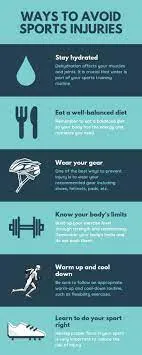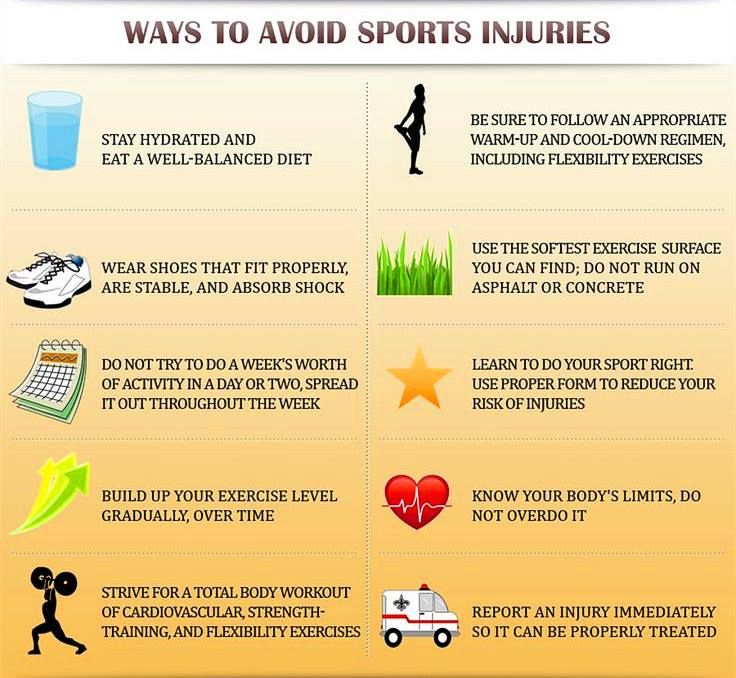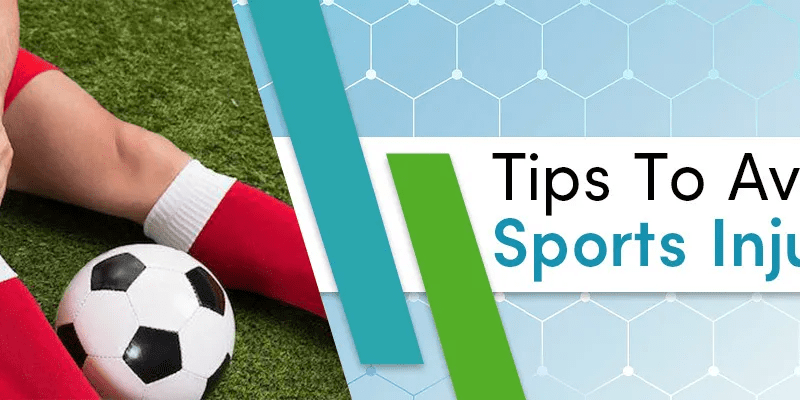Nowadays, more youngsters than ever before are competing in sports. Sports assist children and teenagers in maintaining a healthy body and a positive self-image. However, there are several key injury prevention strategies that parents can use to ensure that their child has a safe and enjoyable sports experience.
Many expert orthopedic doctors are renowned for treating sports injuries or any other regular injuries. If you are from Bhubaneswar you can surely visit one of the best orthopedic doctors in Bhubaneswar practicing and having expertise of many years
Risks of Injuries
Sprains (ligament injuries), strains (muscle injuries), and stress fractures are the most common forms of sports injuries (injuries to bones). Excessive stress is exerted on tendons, joints, bones, and muscles, resulting in injury. Even if there is minor swelling or limitation in motion, point pain over a bone in a developing kid should be examined further by a medical practitioner. If you have any further questions or concerns, contact your doctor.

Sports injury prevention tips
1. Wear Safety Equipment
Protective gear is whatever you put on to keep yourself safe from harm. The equipment you wear is determined by the sport you participate in.
Helmets are the most popular piece of safety equipment. They safeguard your vital head when participating in sports such as football, hockey, baseball, softball, bicycling, skateboarding, and inline skating, to mention a few.
Ascertain that you’re wearing the appropriate helmet for your sport. For example, don’t play football while wearing your baseball batting helmet! Your helmet should be tight yet comfortable to wear, and if it has a strap, like a cycling helmet, you should fasten it. If not, it will come off just when you need it the most.
Eye protection, mouthguards, padding, wrist, elbow, and knee protectors, and a protective cup (for boys only) are also required for other sports. Don’t forget about your feet. Football, baseball, softball, and soccer all use cleats. The soles of these shoes feature unique rubber or plastic points on them to help your feet grip the ground when running.
Consult your parents or coach to determine what equipment you will require. Then, whether you’re training or playing, put on that gear.
2. Start with warming up
It’s not a good idea to show up on the field and begin playing right away. You shouldn’t even begin stretching until you’ve warmed up a little. So go for a little jog to loosen up and get ready to play.
3. Increase flexibility
– Stretching activities after sports or practices might help you become more flexible. Stretching should also be a part of your regular workout routine.
4. Make use of the correct technique:- This should be emphasized throughout the season.
5. Take pauses:
Taking breaks throughout practice and games can help to prevent injuries and heat sickness.
6. Play it safe:
Strict regulations should be enforced against headfirst sliding (baseball and softball), spearing (football), and checking (hockey).
7. Playing through pain is not a good idea.
8. Avoid heat illness–
Drink lots of water before, during, and after exercise or play; reduce or cancel practices or contests during high heat/humidity times, and dress in light clothing to avoid heat sickness.

9. Emotional Stress Caused by Sports
A child’s emotional stress might be exacerbated by the pressure to win. Many coaches and parents, regrettably, regard winning as the most essential part of athletics. Young athletes should be evaluated based on their effort, sportsmanship, and dedication. Instead of being penalized or chastised for losing a game or competition, they should be recognized for working hard and developing their abilities. The primary objective should be to have fun while learning skills for lifelong physical exercise.

